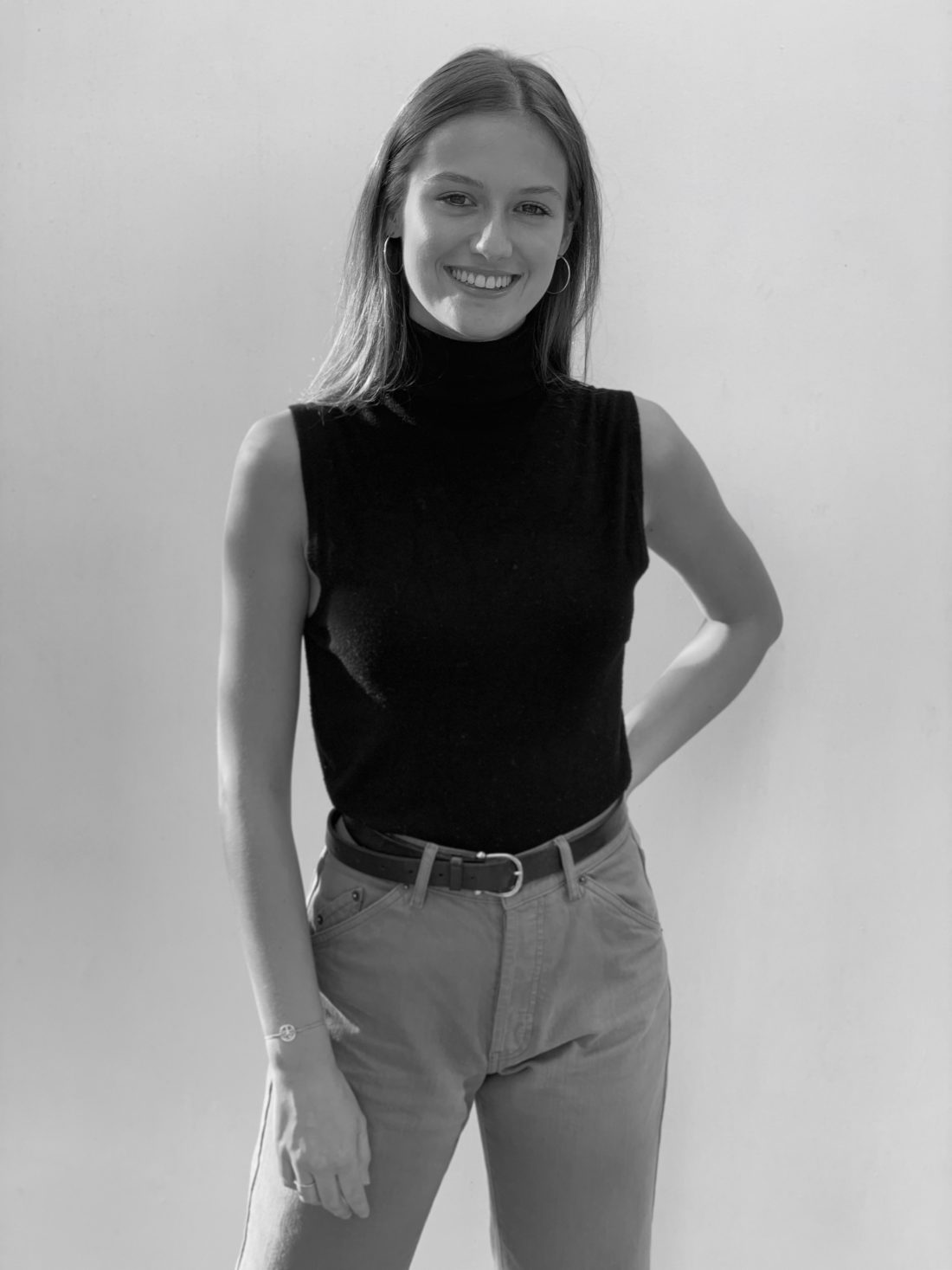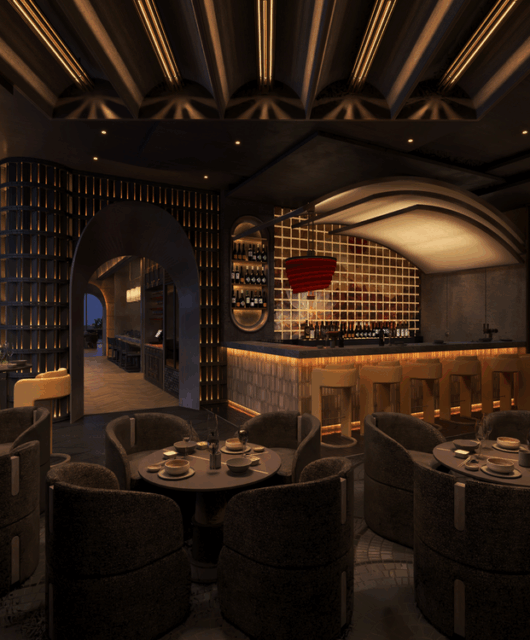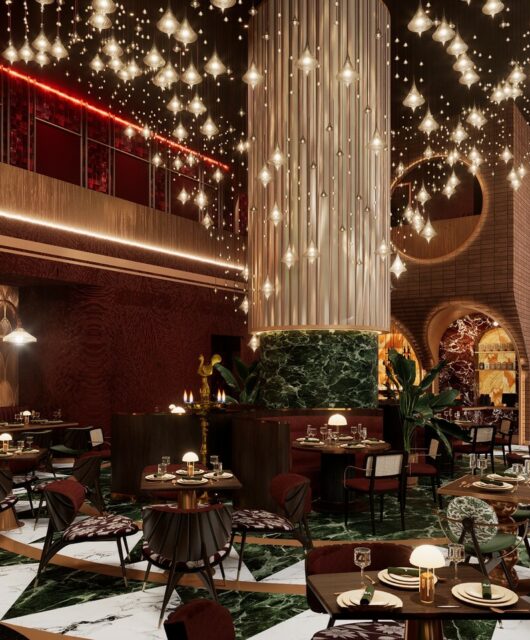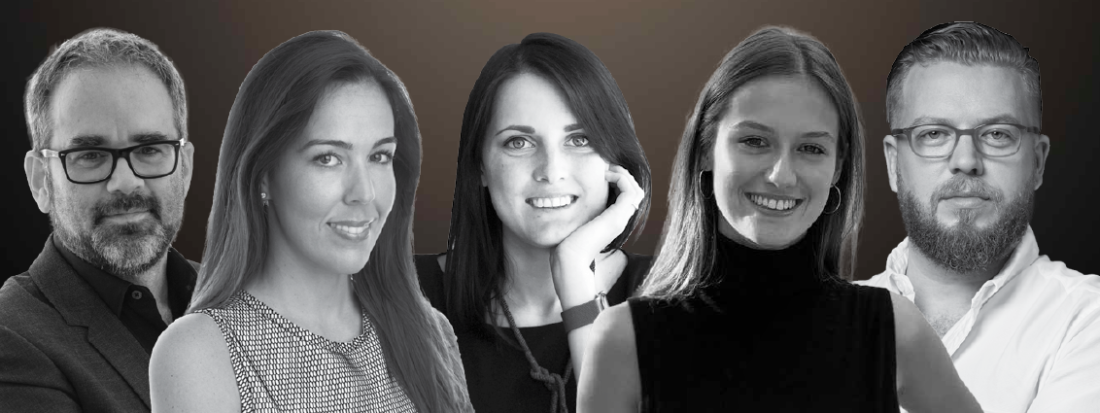 The design industry is full of talented people bursting with creativity and energy. They want to explore and try different things to realise their dreams and goals. In conversation with five supremely gifted movers and shakers in the industry who’ve recently turned to new opportunities and are pushing the boundaries of design— aiming for something fresh and challenging
The design industry is full of talented people bursting with creativity and energy. They want to explore and try different things to realise their dreams and goals. In conversation with five supremely gifted movers and shakers in the industry who’ve recently turned to new opportunities and are pushing the boundaries of design— aiming for something fresh and challenging
Roy Posey, design director Wilson Associates, Dubai Studio
Roy Posey began his career in interior design conceiving restaurant and bar interiors, as well as designing interiors for high-end residential projects. He has worked for interior design firms such as Keane, where he was head of design; as well as a number of years with Hirsch Bedner Associates, and The Honest Group.

As design director in Wilson Associates’ Dubai studio, I will oversee the studio’s design initiatives, projects, conceptualisation, and staffing—serving as a vital mentor to the growing Middle East-based design team. I am confident that with such a talented design team here in the studio, there will be lots of opportunities for our team to carry out the most creative projects in the region. Bringing with me over 15 years of design experience, I am grateful to have joined this renowned firm, and I look forward to growing our presence further in this constantly changing market.
Are you concerned about environmental and social sustainability in your buildings?
Honestly, it’s a tricky balance. We must take responsibility to ensure that the impact of our work results in a positive outcome for the environment. Traditionally, what has been considered “luxury” in material terms, lies with an abundance of expensive, exotic finishes, which typically come with a decent-sized carbon footprint. Whilst this material layer will likely remain the expectation of many consumers, social changes are driving a new perception of what is a luxury is. The population is getting more vocal, and as designers, we must keep up and aim to bring new innovative ideas and endeavour to guide our clients into making the right choices to reduce our carbon footprint.
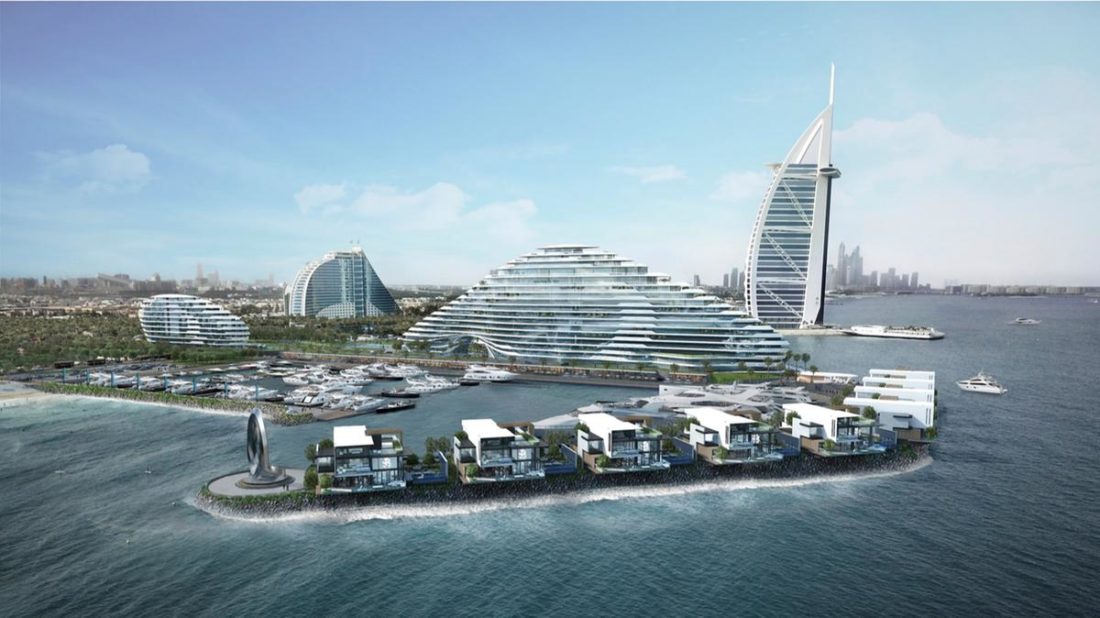
What is your ultimate goal when it comes to your work?
The success of our work can be difficult to truly measure, as much of it is driven by emotion. We must be prepared for the differing of opinions – could we have we done something better? Are there things we missed including? Were there certain features you wanted to add but didn’t have the budget? Awards tend to stand for the recognition of great design and, of course, we can measure the profitability of a project as well. Let us not forget the mechanics involved in getting to the end result—what the team learned along the way, and for me as an individual designer, striving to achieve my own goals while moving from project to project. If we allow ourselves to grow and develop as designers, the above rewards will come as a result. The goal is not to be recognised based on the amount of hardware we receive for the office trophy case, but instead for our work ethic and meticulousness of the work we deliver.
What is the next project you’re slated to work on?
Currently, I am working on a number of hospitality projects with my team including the Westin Resort & Hotel Ras Al Khaimah; the refurbishment of one of Dubai’s most well-known foodie destinations, Pai Thai at the Al Qasr Hotel; as well as the Marsa Al Arab project.
Do you have any thoughts on the future of design?
Technological development has so much to say in the future of our work. And frankly, we need it. We now have the ability to 3D print an entire building, a chair, or whatever we want. In my opinion, it’s the work touched and made by hand that will keep us grounded. We see it in exquisite rugs, leather goods, and ceramics, just to name a few. It’s important that as designers, we take technology and shape it to our own traditions to stay relevant, however, doing so in keeping with the diversity and individuality wherever we can as it these elements that often define a success story we are trying to tell in our design.
Vaida Buchrotaite, design manager, Swiss Bureau Interior Design
Before moving to Swiss Bureau Interior Design, Vaida Buchrotaite was with Perkins+Will for over four years as a senior interior designer and later a project manager, working on projects with major developers and hotel chains like Marriott, Chedi, Kempinski, Shaza, Emaar Hospitality Group, and Ellington to name a few.

The year 2019, has been very rewarding. I joined the Swiss Bureau family and found myself surrounded by like-minded individuals: hardworking, strong-willed, and passionate. I was tasked with launching the Swiss Bureau’s Hospitality & Residential Department, which has been met with great success so far. During the process, I’ve also thoroughly enjoyed concentrating more on business development, branding, and marketing aspects of the business.
Are you concerned about environmental and social sustainability in your buildings?
We have a number of in-house policies aiming to reduce waste as a company as well as pushing strongly for sustainable and resilient designs in all of our projects. I am LEED and RELi accredited and working towards Well certification to ensure that we have the most up to date knowledge and solutions for our projects.
What do you find most challenging working in this region?
Given the challenging market environment, programme deadlines are getting tighter and budgets are under pressure. It is more important than ever to have efficient and effective strategies in place and to manage time and resources wisely. What is your ultimate goal when it comes to your work? To create meaningful and impactful designs that stand the test of time and brings satisfaction to end-users, whilst also enjoying the process and creative journey along the way.
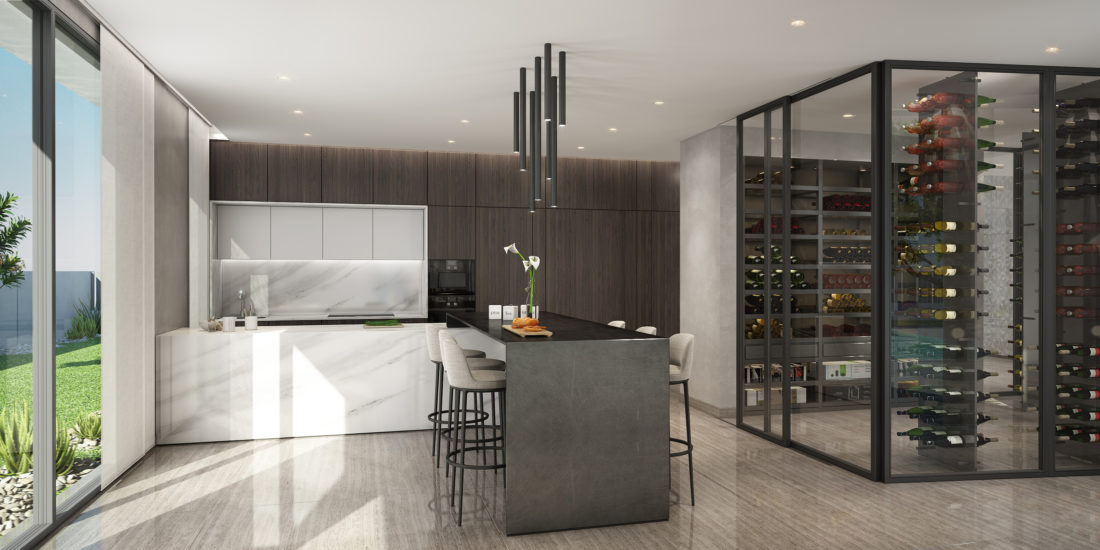
What is the next project you’re slated to work on?
I have a few amazing projects in the pipeline that cannot be disclosed yet but are currently wrapping up packages for a super yacht and an exciting boutique restaurant in Switzerland. Working on diverse and eclectic projects is very important to any team’s morale and growth potential. We strive to ensure that the projects we deliver convey purposeful and inspiring design.
Do you have any thoughts on the future of design?
User experience has always been an important driver in design. Recent trends in experiential travel, 8-second pitches, “Instagram moments”, wellness, and constantly evolving technology continue to blur the lines between, hospitality, healthcare workspace, and F&B. These factors will continue to evolve and influence the industry.
Michael Lewis, group design director, Brewer Smith Brewer Group (BSBG)
Michael Lewis was the director at Benoy Architects for 16 years, before taking on the role of senior design director with Dubai developer Meraas. Some of his previous projects include The Beach, La Mer, City Walk, Nikki Beach, Bluewater Wharf, the Yas Island Masterplan, leading to Ferrari World Yas Island, Abu Dhabi.

At BSBG, we’ve built a reputation for design, which is founded on our understanding of how people use space, how they react to it and the connection they feel a to carefully designed architecture that pays attention to the details. My role as group design director is to expand our design studio (+studio), cultivate the talent we already have within the team, and to ensure that passion and flair for design are directed in the right way to enable us to create buildings that people enjoy and feel a real emotive connection with.
Are you concerned about environmental and social sustainability in your buildings?
I think every design architect has a concern for environmental and social sustainability in his or her work. We know we’re not delivering a solution for a singular point in time; we are sculpting space, which must provide value long after it’s delivered. We design for the life cycle, knowing that the building use may evolve with time, and facilitating that process with a flexible design approach. Environmentally, we will always seek to use sustainably-sourced materials and will endeavour through nuances of design to minimise the environmental impacts of our buildings to the largest possible extent.
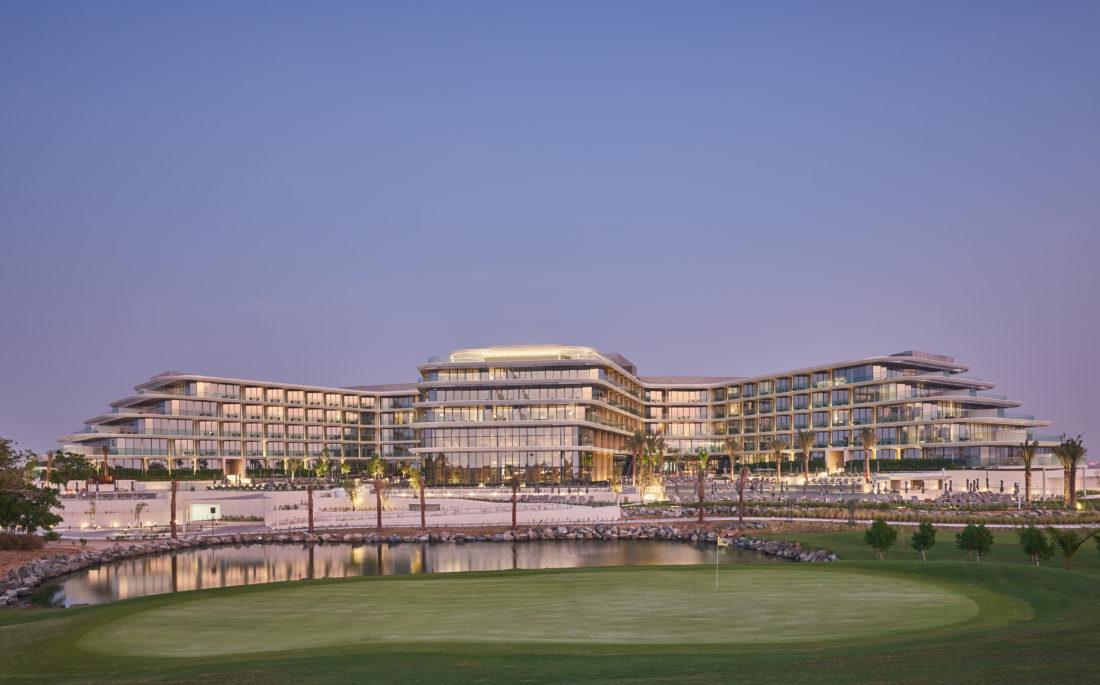
What do you find most challenging working in this region?
There are no challenges greater than those we exact upon ourselves. We have extremely high standards and we strive to deliver the best design and the best value to our clients, which bring a set of unique challenges. But we have a depth of understanding of this region (having been here for 43 years), as well as further afield through our design teams in London and Asia. We are adding a new dimension to the design of buildings here – creating aesthetically stunning architecture, but with a real sense of purpose, and based on the correct foundations for the experience of the space.
What is the next project you’re slated to work on?
We have numerous ongoing projects, the majority of which are currently subject to confidentiality because of the early stage they’re at. However, many of our new design projects focus upon wellness, the flow of spaces, creating a connection with the environment, and the overall human experience. These focal points are visible in our design of JA Lake View Hotel, which opened recently, and throughout our design of Banyan Tree Residences – Hillside Dubai, due to be delivered shortly.
What is your ultimate goal when it comes to your work?
I have been extremely fortunate to lead the design of some very successful public realm projects, such as The Beach, La Mer & Citywalk, and when you’re able to visit these places and see how your project has been received, you really start to understand how these projects become a catalyst for urban-led experiences and the foundation of positive change.
Do you have any thoughts on the future of architecture and design?
Design trends come and go, but the constant in architecture is beautifully detailed buildings and public realms that add to their environment. We are seeing a movement in more ‘natural’ design responses and a shift from the design of buildings to the design of wellness experiences within all areas of architecture. Creating places for people and focussing on a legacy and value-driven approach that ensures a lasting change for the better. We must drive for investing in a design that adds to our environment, a design that sets a sustainable example and design that is aligned to people who live and work within the framework that we create.
Catalina Ruiz Urquiola, executive director, Super Studio
Catalina Ruiz Urquiola has come from a family of architects and designers and has been exposed to design since her childhood. She has worked for brands in both design and fashion industry.
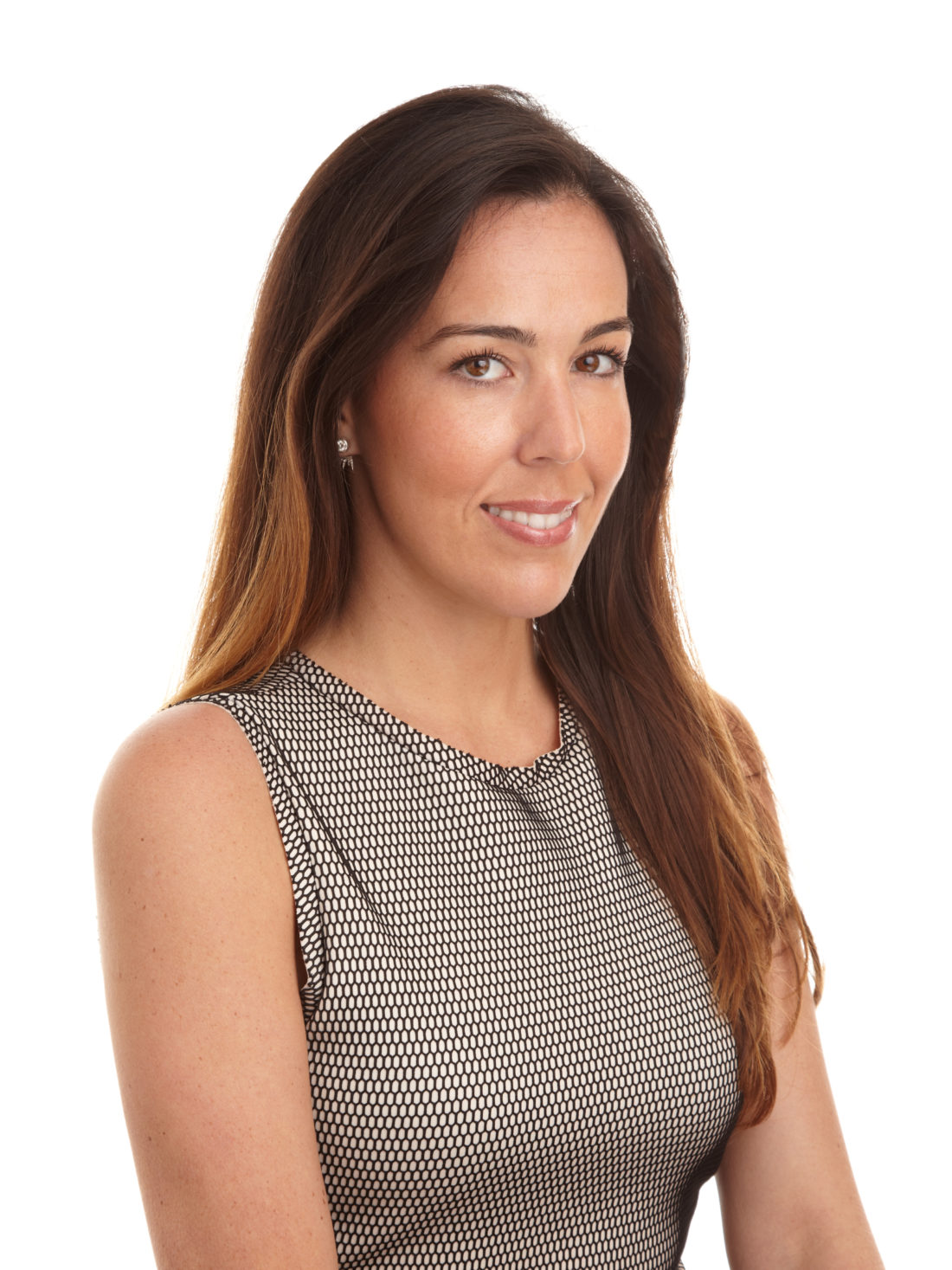
I have recently joined Super Studio as a partner and executive director. Mohsin Jawaheri founded super Studio in 2012, with just a few brands including Magis, Moooi, and Tom Dixon. Since then, we have expanded to represent almost 40 world-class design brands for the GCC including Agape Casa, ClassiCon, Giopato & Coombes, Kettal, Lee Broom, and Moroso.
How major lighting brands are accepting the concept of sustainability?
We see more and more requests for sustainability in the region and have started to understand more in-depth what our brands are doing to address this matter. We are also always on the hunt for new sustainable brands. DeVorm, a Dutch brand we have partnered with, use PET felt that comes from recycled plastic bottles to manufacture their furniture. The increased demand for this brand marks a trend, even if it doesn’t always translate into sales.
What do you find most challenging working in this region?
One of the most challenging things in this market is the short deadline for projects, especially in the procurement stages. Unfortunately, this is something difficult for us to address as the products and brands we carry are manufactured by skilled craftsman under strict production processes that cannot be rushed. The other challenge we face in this region is the acceptance of copies despite the difference in quality and warranty. The brands are addressing this individually; both Moooi and Agape Casa have RFID tags in their products and an app where you can verify the authenticity by serial number as well as the warranty.
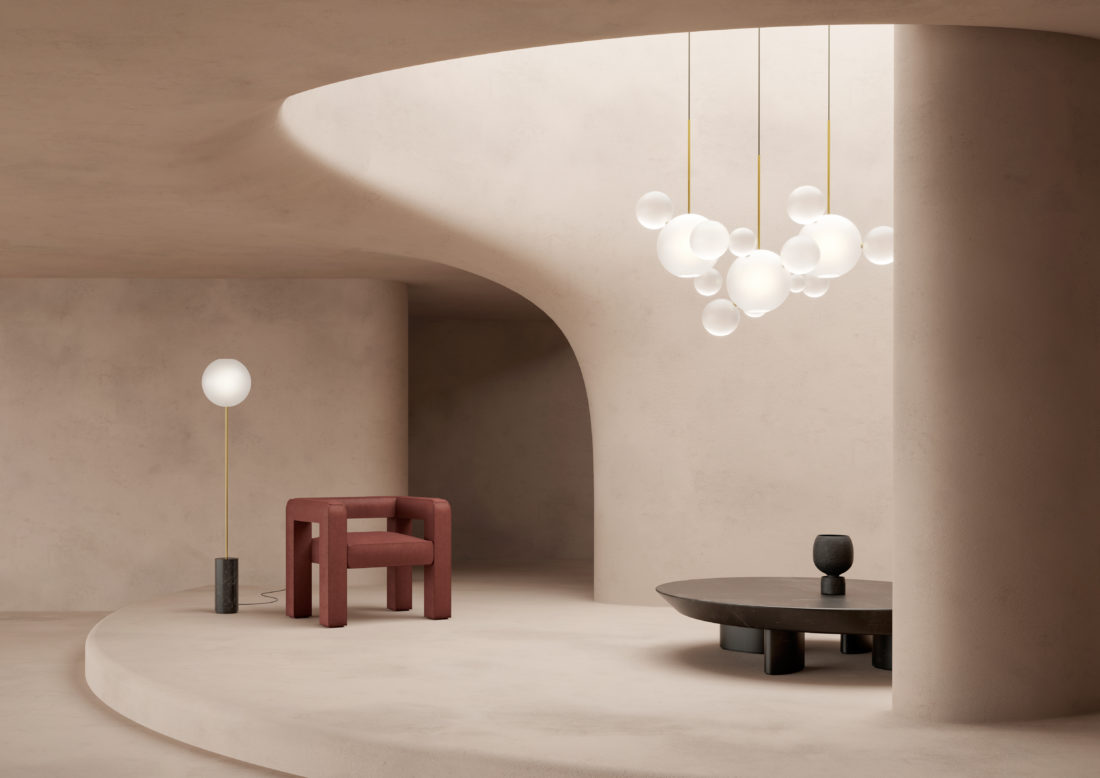
What is the next project you’re slated to work on?
We are opening a new showroom in Al Quoz where we will feature a lifestyle display of furniture and lighting. We aim to highlight the uniqueness of our brands and increase brand awareness, as well as expand our retail business. What is your ultimate goal when it comes to your work? We don’t consider Super Studio to be a classic furniture showroom but more of a platform for inspiration and creation. We are working in collaboration with all our brands as well as local designers to create projects that stand out.
Do you have any thoughts on the future of design?
This region is constantly evolving and so are the aesthetic demands. The speed at which trends move never ceases to surprise us and keeps us on the constant hunt for new products to meet the design challenges of our clients and designers.
Julie Blondeel, interior designer, Stickman Tribe
Before joining the boutique firm Stickman Tribe, Julie Blondeel was active as an intern at Wilson Associates. Besides, she completed two internships during her university at Creneau International and SUPERFUTUREDESIGN*.
Tell us about your current role.
After moving to Dubai four years ago, I graduated from the American University in Dubai in May 2019. Having studied in Dubai and Europe offers me the opportunity to bring my creativity to a new level – combining the multi-cultural environment and freshness of the city Dubai with the rich history and rootedness of Europe. Recently, I have joined the Stickman Tribe team with the position of an interior designer. I am excited to take on the position considering I am being given the chance to hands-on experience and absorb what being a designer defines.
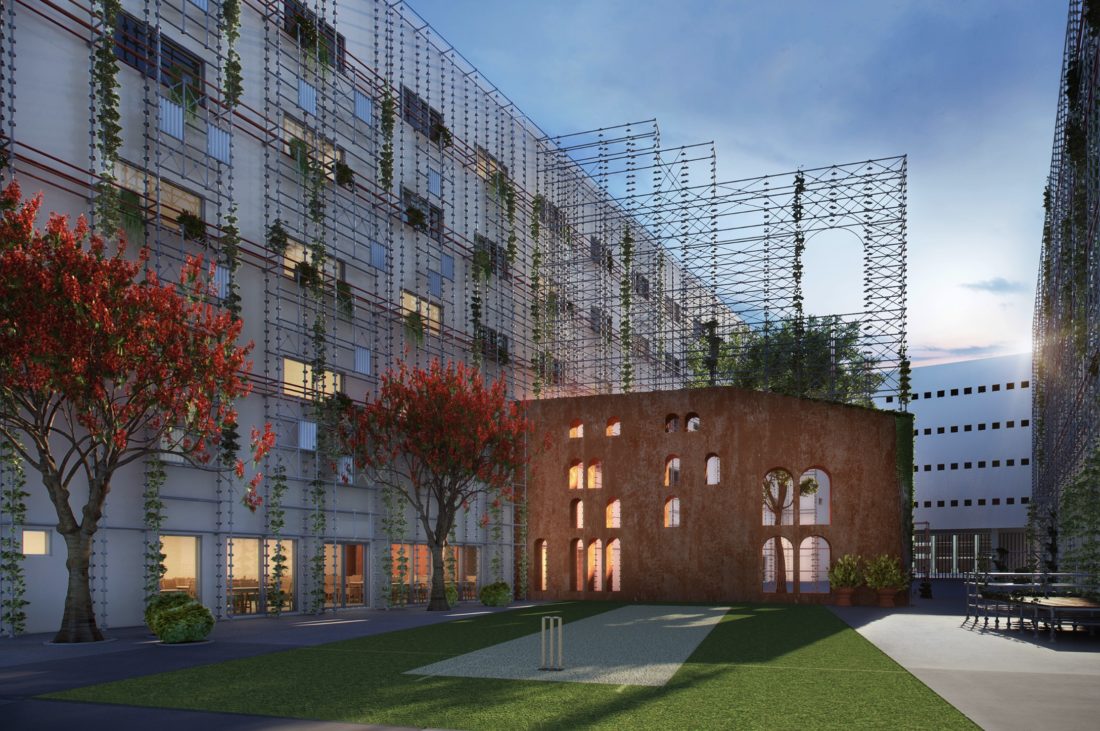
Are you concerned about environmental and social sustainability in your buildings?
Yes, I am, and I think every designer is and should be nowadays. Today, I believe designers are being given plenty of helpful tools such as environment-friendly manufacturing processes, materials, and technologies that play part in improving environmental and social sustainability in our buildings. It is the role of the designer to substantially make use of the specific factors, connect them, and bring the different elements to the next level.
What do you find most challenging working in this region?
The fast pace in the region is one of the most challenging parts for me as a young designer. Despite the tight deadlines, you cannot lose track of the importance of details and the finishing off of the project. It is key to be organised, efficient, and focussed.
What is your ultimate goal when it comes to your work?
My ultimate goal is to positively influence the community that I am serving. Being passionate about design, I intend to represent this in the projects I work on and the people I meet in the field.
What is the next project you’re slated to work on?
I will be collaborating on different high-end and large-scale hospitality projects. I am very excited to play a part on this with the Stickman Tribe team. Further, I aim to design a labour accommodation in real-life as it would make an essential difference to the occupants in terms of their well-being.
Do you have any thoughts on the future of design?
I believe design and architecture will become more of a common good. It will be seen as a necessity and a basic right that is accessible to everyone. For now, designers have to create awareness around their unique skill set that can positively impact an individual’s life.

